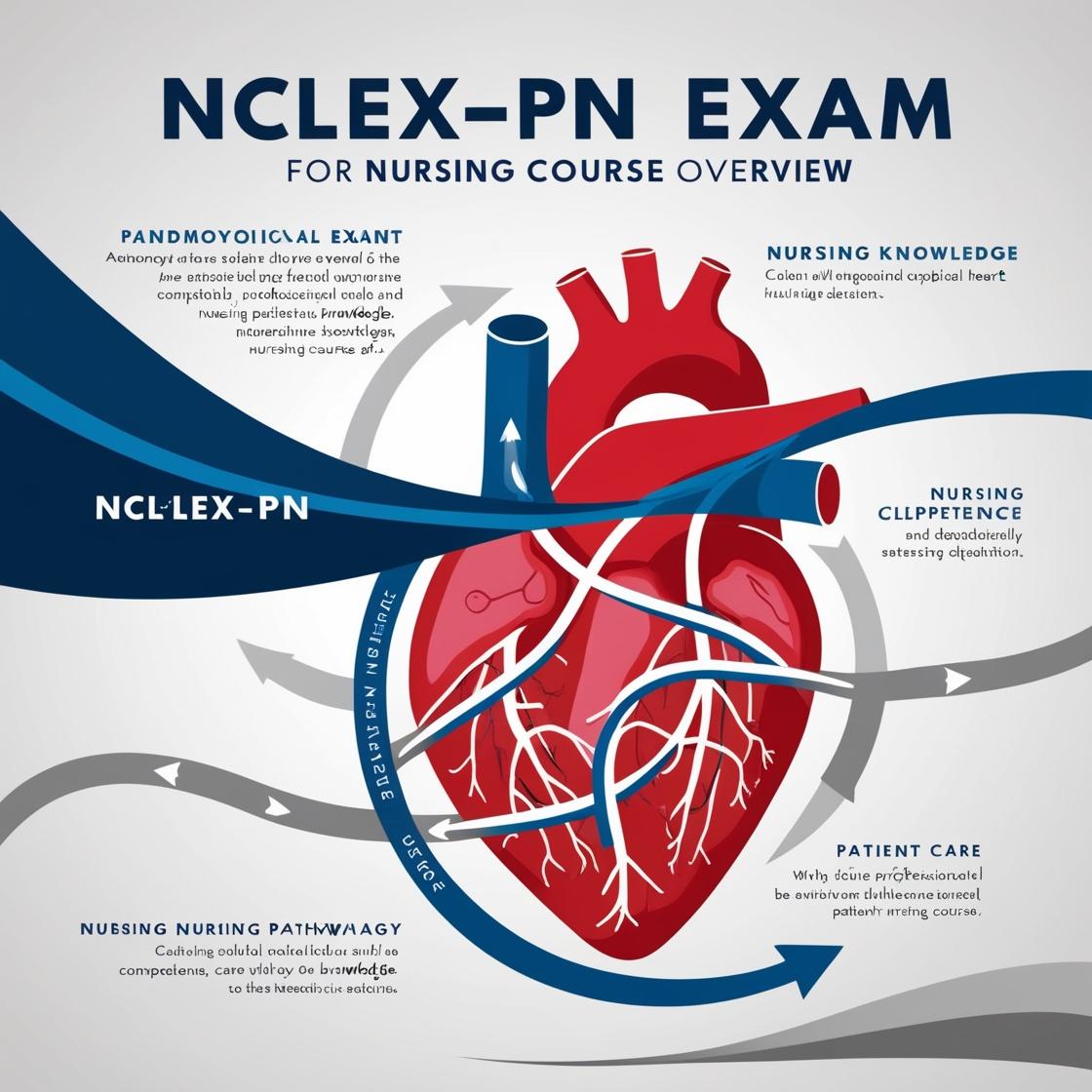NCLEX-PN
Nclex Practice Questions 2024
1. A client receiving preoperative instructions asks questions repeatedly about when to stop eating the night before the procedure. The nurse tries to refocus the client. The nurse notes that the client is frequently startled by noises in the hall. Assessment reveals rapid speech, trembling hands, tachypnea, tachycardia, and elevated blood pressure. The client admits to feeling nervous and having trouble sleeping. Based on the assessment, the nurse documents that the client has:
- A. mild anxiety.
- B. moderate anxiety.
- C. severe anxiety.
- D. a panic attack.
Correct answer: C
Rationale: The correct answer is 'severe anxiety.' In severe anxiety, a person focuses on small or scattered details and is unable to solve problems. The client's symptoms of rapid speech, trembling hands, tachypnea, tachycardia, elevated blood pressure, feeling nervous, and having trouble sleeping indicate severe anxiety. Mild anxiety enhances the ability to learn and solve problems, while moderate anxiety narrows the perceptual field but allows the client to notice things brought to their attention. During a panic attack, a person is disorganized, hyperactive, or unable to speak or act, which is not the case in this scenario.
2. A 26-year-old single woman is knocked down and robbed while walking her dog one evening. Three months later, she presents at the crisis clinic, stating that she cannot put this experience out of her mind. She complains of nightmares, extreme fear of being outside or alone, and difficulty eating and sleeping. What is the best response by the nurse?
- A. "I will ask the physician to prescribe medication for you."?
- B. "That must have been a very difficult and frightening experience. It might be helpful to talk about it."?
- C. "In the future, you might walk your dog in a more populated area or hire someone else to take over this task."?
- D. "Have you thought of moving to a safer neighborhood?"?
Correct answer: B
Rationale: Choice B is the best response as it provides empathy and encourages the client to talk about her experience, which can be therapeutic. This approach validates the client's feelings and offers support. By acknowledging the difficulty and fear experienced by the client, the nurse opens the door for the client to express her emotions and begin the process of coping with the trauma. Choices A, C, and D do not address the emotional impact of the traumatic event or provide an opportunity for the client to express her feelings and concerns. Choice A immediately jumps to medication without exploring other supportive interventions. Choice C focuses on practical solutions without addressing the client's emotional needs. Choice D suggests a drastic solution without considering the client's emotional state or preferences.
3. Due to a high census, it has been necessary for a number of clients to be transferred to other units within the hospital. Which client should be transferred to the postpartum unit?
- A. A 66-year-old female with gastroenteritis
- B. A 40-year-old female with a hysterectomy
- C. A 27-year-old male with severe depression
- D. A 28-year-old male with ulcerative colitis
Correct answer: B
Rationale: The best client to transfer to the postpartum unit is the 40-year-old female with a hysterectomy. The nurses on the postpartum unit will be knowledgeable about postoperative care and can manage any complications related to the surgery. Choices A and D would be more appropriately cared for on a medical-surgical unit due to their conditions. Choice C should be transferred to a psychiatric unit for specialized care related to severe depression.
4. The physician has ordered sodium warfarin (Coumadin) for the client with thrombophlebitis. The order should be entered to administer the medication at:
- A. 900
- B. 1200
- C. 1700
- D. 2100
Correct answer: C
Rationale: Sodium warfarin is typically administered in the late afternoon, around 1700 hours. This timing allows for accurate bleeding times to be drawn in the morning. Administering it at 0900 (choice A) would not align with this schedule and may affect the monitoring of bleeding times. Choice B (1200) is midday, which is not the recommended time for sodium warfarin administration. Choice D (2100) is in the evening, which is also not ideal. Therefore, the correct time for administering sodium warfarin is 1700 (choice C).
5. After the client discusses her relationship with her father, the nurse says, "Tell me whether I am understanding your relationship with your father. You feel dominated and controlled by him?"? This is an example of:
- A. verbalizing the implied.
- B. seeking consensual validation.
- C. encouraging evaluation.
- D. suggesting collaboration.
Correct answer: B
Rationale: Seeking consensual validation is the correct answer. Consensual validation is a technique used to check one's understanding of what the client has said. It involves confirming with the client whether the nurse's interpretation aligns with the client's feelings or thoughts. This process helps build rapport, trust, and a shared understanding between the nurse and the client. Verbalizing the implied (choice A) refers to expressing the underlying or implicit meaning of a client's statement. Encouraging evaluation (choice C) involves prompting the client to assess or judge a situation. Suggesting collaboration (choice D) entails proposing working together with the client on a shared goal, which is not the primary focus in the scenario provided.
Similar Questions

Access More Features
NCLEX PN Basic
$69.99/ 30 days
- 5,000 Questions with answers
- Comprehensive NCLEX coverage
- 30 days access @ $69.99
NCLEX PN Premium
$149.99/ 90 days
- 5,000 Questions with answers
- Comprehensive NCLEX coverage
- 30 days access @ $149.99
